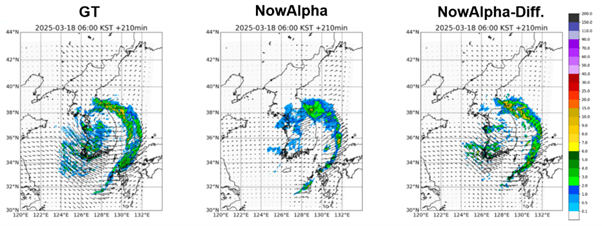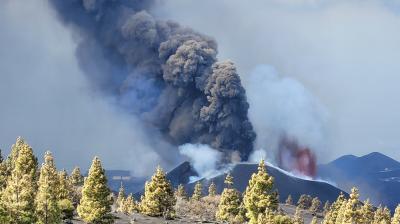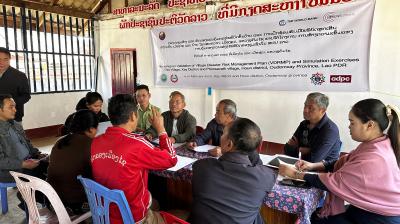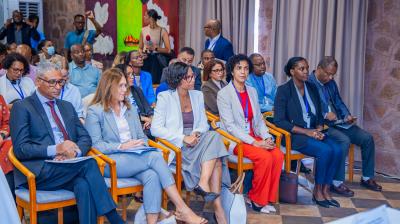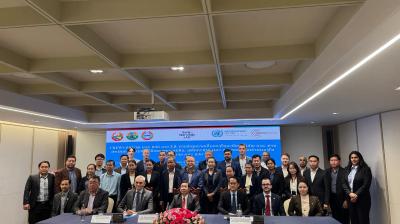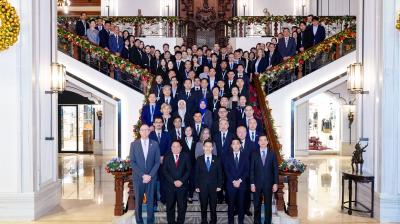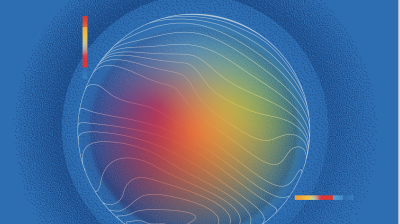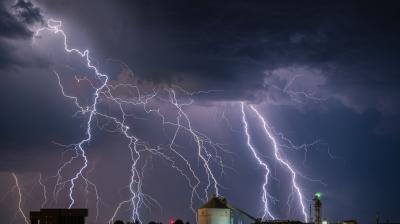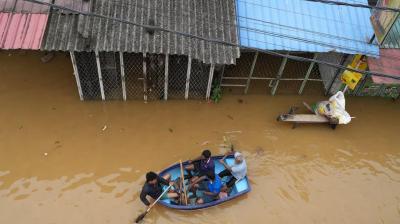AI-Powered Nowcasting is a game changer for weather prediction and early warnings
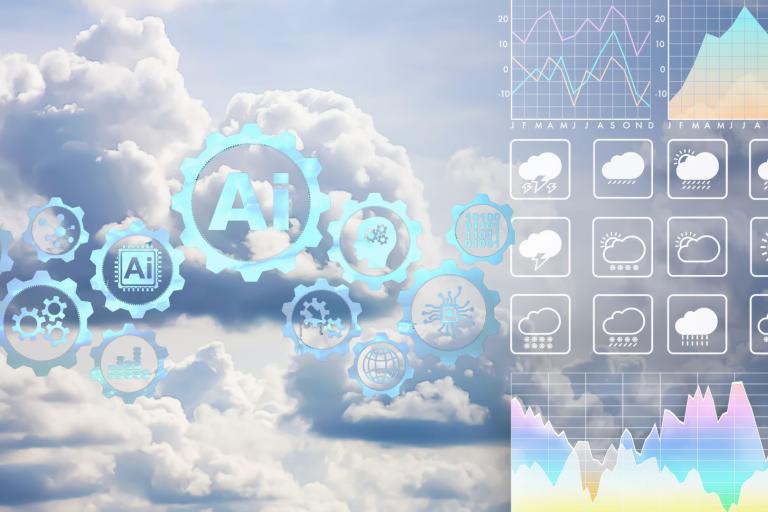
Many localized extreme weather events – such as thunderstorms and heavy rainfall - develop suddenly and intensify rapidly, escaping short-range predictions. They are limited in time and geographical area, but often lead to flash floods and other high-impact hazards, causing loss of life and disruption.
Nowcasting – forecasting covering the immediate hours ahead - play a critical role in enhancing disaster preparedness. It leverages real-time information from weather radars, satellites and other observational sources to predict sudden high-impact weather phenomena, enabling timely warnings which minimize casualties and economic losses.
Numerical weather prediction based on physical models has long been the cornerstone of forecasting. But recent advances in Artificial Intelligence (AI) have driven the development of data-driven models, significantly improving the accuracy of short to medium-range forecasts.
In parallel, research and development on applying AI to nowcasting has been also progressing rapidly. To accelerate its operational use, the WMO Integrated Processing and Prediction System (WIPPS), in collaboration with the World Weather Research Programme (WWRP), is implementing the AI for Nowcasting Pilot Project (AINPP).
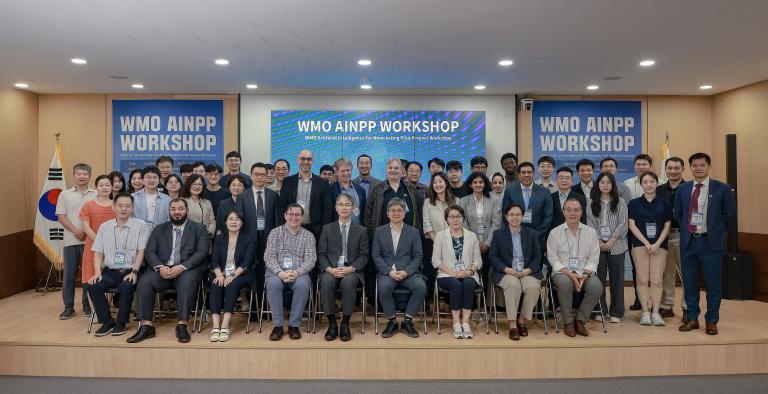
Workshop on AI For Nowcasting Pilot Project
As part of this initiative, WMO, in collaboration with the Korea Meteorological Administration (KMA), organized the WMO AINPP Workshop from 24-26 September in Jeju, Republic of Korea. The event brought together more than 70 experts from National Meteorological and Hydrological Services (NMHSs), research institutions, universities, and leading private-sector companies such as Google, Microsoft, and NVIDIA.
“The rapid evolution of AI-driven nowcasting marks a pivotal step toward building more resilient societies in the face of extreme weather,” said Dr David John Gagne, co-chair of AINPP Steering Group and head of the Machine Integration and Learning for Earth Systems group at the National Center for Atmospheric Research (NCAR).
“By fostering collaboration between research and operations, ensuring equitable technology transfer, and engaging both public and private sectors, the global meteorological community is laying the foundation for faster, more accurate forecasts that can save lives and reduce disaster risk worldwide,” he said.
The workshop addressed strategies for transferring AI technology to operational services especially in developing countries, recognizing that bridging the gap between research and operations is critical for global resilience.
Discussions highlighted the need for technical guidelines on AI-based nowcasting techniques, the sharing of developed program codes as open-source software, and the use of containerized environments such as Docker to streamline deployment.
Strengthening regional nowcasting centers was also identified as a key priority, alongside other concrete actions aimed at ensuring that cutting-edge innovations translate into practical tools for forecasters worldwide.
The week also featured complementary activities. A KMA seminar on foundation models (September 22-23) showcased the latest advances in weather and climate and their potential applications.
The workshop revealed that AI-based nowcasting has been evolving with several new trends in recent years. These include: the shift from ConvLSTM to Transformer and Diffusion models; integration of multi-source data; adoption of probabilistic ensembles; linkage across nowcasting to medium-range timescales; diversification of evaluation metrics, and optimization for real-time operations.
One example is KMA’s NowAlpha-Diff showing notable improvements by extending reliable motion prediction up to six hours while overcoming the previous west-to-northeast bias common in mid-latitude westerly regime.
